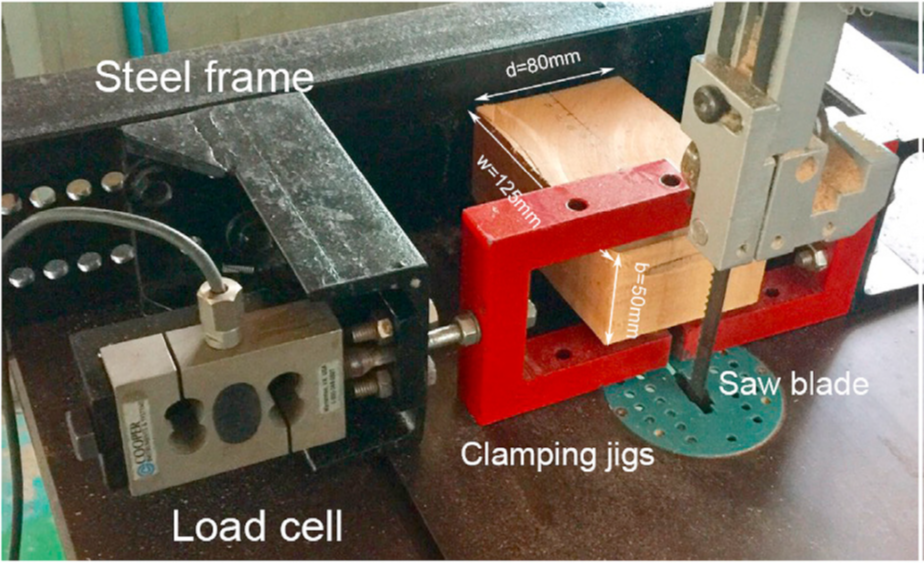August, 2020
Applications of Timoshenko beam theory and free edge effect for interpretation of stress in kiln-dried lumber using the restoring force technique
Satjapan Leelatanon, Sataporn Jantawee, Sornthep Vannarat, and Nirundorn Matana
Abstract:
To assess the residual drying stress within industrial kiln-dried lumber, produced with a variety of sizes and shapes of rectangular cross section, interpretation of the restoring force profile obtained from the restrained half-split wood specimen is described. The finite element (FE) model was employed to simulate the restoring force profile of the half-split specimens having different sizes (thickness, 30–80 mm) and different shapes of rectangular cross section (width-to-thickness, w:d, ratio, 2.0–4.0). The analytical model based on the Timoshenko beam theory has been developed to describe the FE-simulated restoring force profiles. An agreement is found at relatively long half-split length of the very wide specimens (w:d ≥ 4). To describe the entire restoring force profile with a reasonable degree of accuracy, the modified stress decay function near free edges has been incorporated and the corresponding parameters have been determined. The size-independent parameters appear to linearly vary with the shape ratio (w:d). The analytical equation and shape-dependent parameters have been successfully employed to directly deduce (without a knowledge of the modulus data) the average maximum internal stress existing within the kiln-dried rubberwood lumber of various sizes and shapes. The derived magnitudes of the average maximum internal stress are in reasonable agreement with those obtained from the conventional McMillen slice technique. This magnitude of the internal stress could be used as a stress indicator for quality control of the commercial kiln-dried lumber in the sawmill industry.


